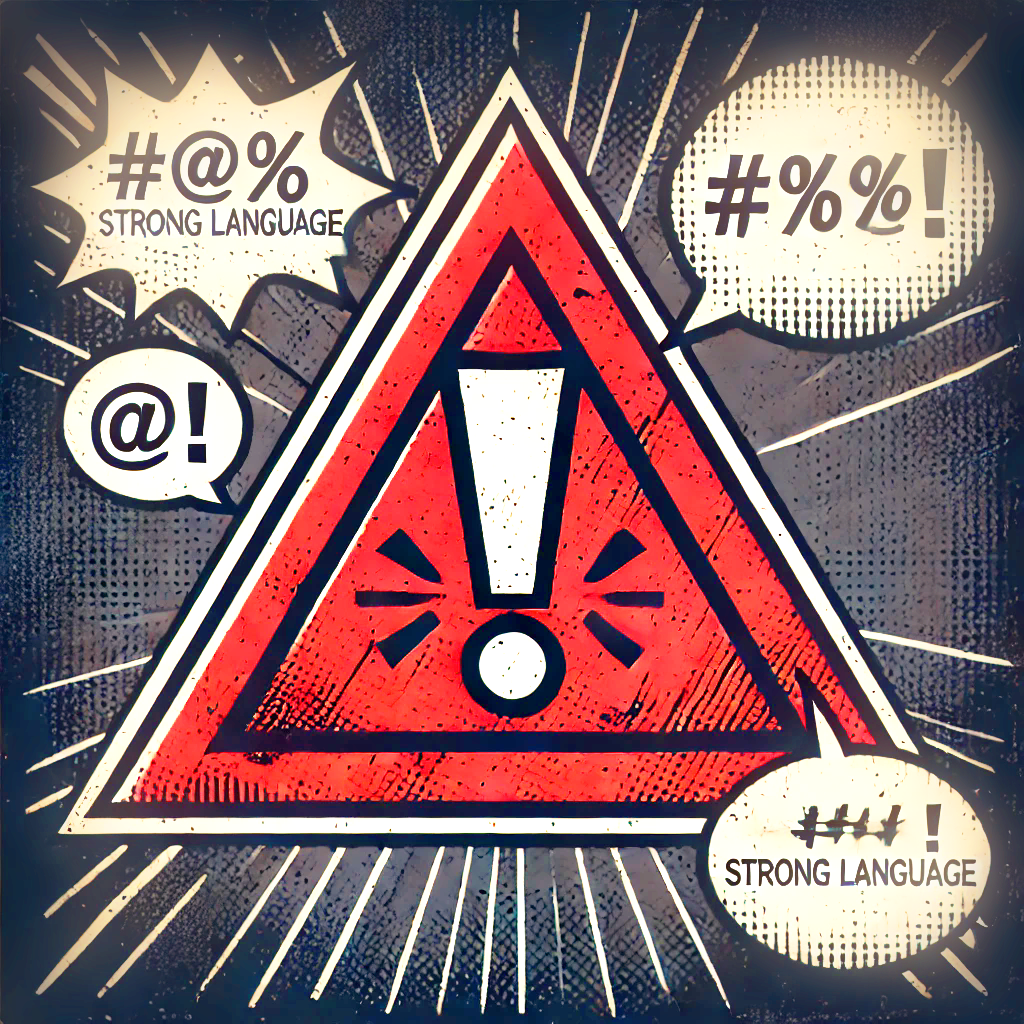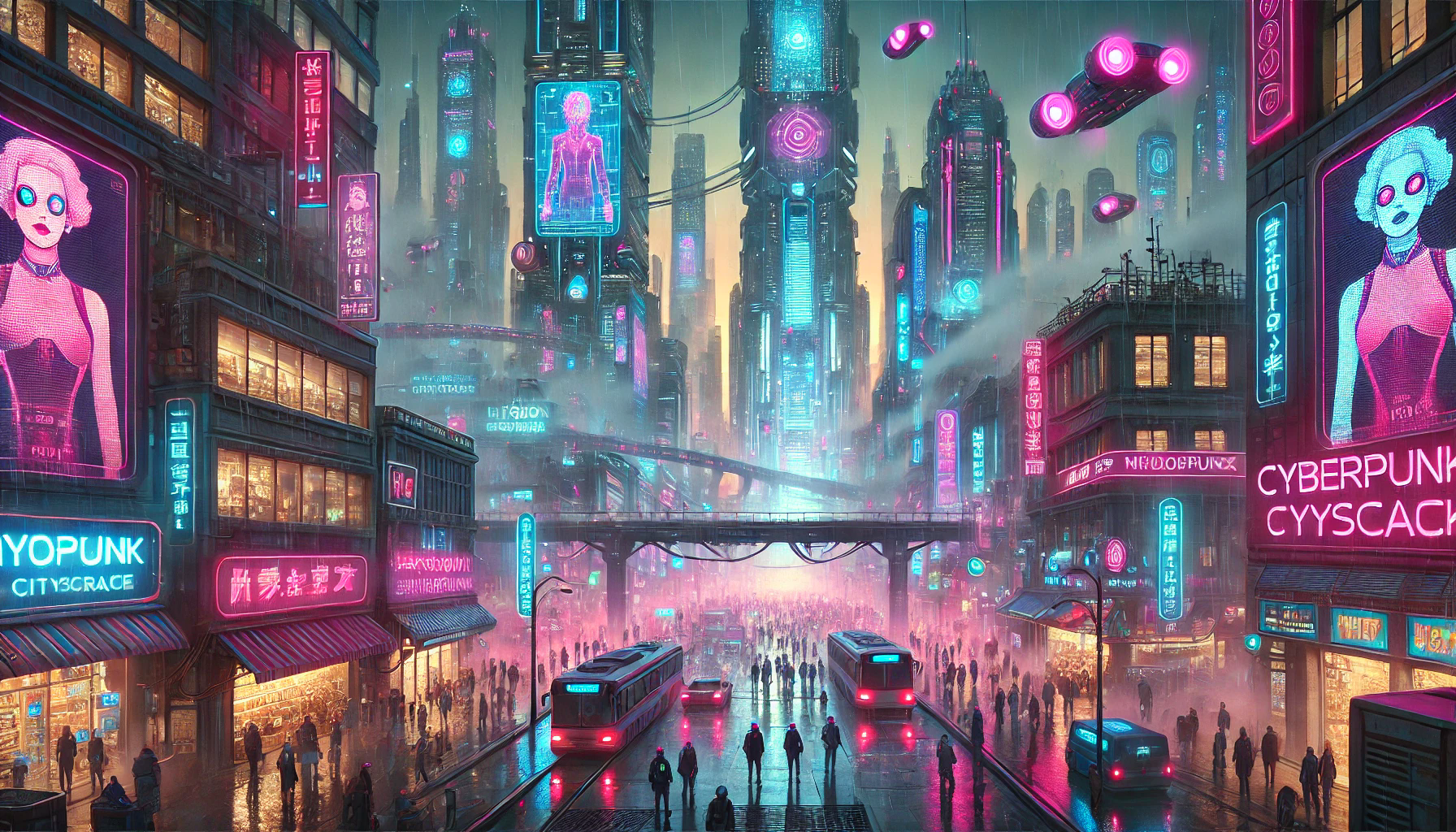When it comes to cyberpunk, world-building is more than just a backdrop—it’s the very essence of the genre. The gritty, high-tech, and often dystopian landscapes of cyberpunk stories reflect the tensions between humanity and technology, individualism and corporate control, freedom and oppression. Without a meticulously crafted world, the story loses its authenticity and fails to capture the true spirit of cyberpunk.
Understanding the Core Elements of Cyberpunk World-Building
World-building in cyberpunk isn’t just about futuristic cities or advanced technology; it’s about understanding the socio-economic dynamics, the cultural shifts, and the ethical dilemmas that define this speculative future. Cyberpunk is inherently tied to the exploration of power structures—who holds the power, and how is it wielded? The world you create should vividly illustrate the disparities between the powerful elite and the marginalized underclass, often highlighting the dark side of technological advancement.
The layers of the world must intertwine with the characters’ lives, influencing their decisions, challenges, and growth. In cyberpunk, the world is as much a character as the protagonists themselves. Your world should be alive, pulsing with the constant hum of technology, the shadows of towering skyscrapers, and the omnipresent surveillance that shapes the daily existence of your characters.
Building a Dystopian Society
To create an authentic cyberpunk world, start with the basics: what does the world look like, and who controls it? Is it a sprawling megacity dominated by towering corporations, or a fragmented society where the lines between man and machine blur? The physical environment should reflect the themes of the story—decay and renewal, isolation and connectivity, oppression and rebellion.
Think about how technology shapes daily life—how it augments, oppresses, or liberates. In a cyberpunk world, technology is not just a tool; it’s an extension of identity and a means of control. Consider the implications of cybernetic enhancements, artificial intelligence, and virtual realities. How do these technologies affect social interactions, governance, and even the human experience of reality?
Consider the socio-political climate, the class struggles, and the underground movements that challenge the status quo. Cyberpunk often explores the consequences of unchecked capitalism, where corporate entities wield more power than governments, and the individual is reduced to a cog in the machine. Your world should reflect this tension, with hidden layers of resistance, subversive cultures, and a pervasive sense of surveillance and control.
Character and Environment: A Symbiotic Relationship
But remember, cyberpunk is rooted in the tension between a high-tech world and a low-life existence. Your characters should navigate this world with a sense of rebellion or resignation, their stories reflecting the broader themes of resistance, survival, and identity in a world where humanity is often an afterthought.
The environment your characters inhabit should be a reflection of their internal struggles. The neon-lit streets, the oppressive corporate towers, the labyrinthine slums—these are not just settings, but extensions of the characters’ journeys. As they interact with this world, they should uncover its secrets, face its dangers, and ultimately, be changed by it.
Integrating World-Building into the Narrative
World-building in cyberpunk should be seamless, integrated into the narrative in a way that feels natural and immersive. Avoid info-dumps and instead, reveal the world through the eyes of your characters. Use dialogue, action, and sensory details to bring the world to life. Let the reader feel the cold steel of a cybernetic limb, hear the distant hum of drones patrolling the skies, and smell the acrid scent of pollution hanging over the city.
Consider how the world affects the plot and the characters’ motivations. In a well-crafted cyberpunk story, the setting is not just a backdrop—it’s a catalyst for conflict, a source of tension, and sometimes, an antagonist in its own right. The world should challenge your characters, pushing them to their limits and forcing them to confront their deepest fears and desires.
The Role of Themes in Cyberpunk World-Building
The themes you explore in your story should be deeply embedded in the world you create. Cyberpunk often deals with issues like identity, freedom, and the nature of reality. These themes should be reflected in the world’s structure, its technology, and its societal norms. For example, a world where identity is fluid and easily manipulated through technology could explore themes of self-discovery and the loss of individuality. A world where corporations have replaced governments might delve into themes of power, corruption, and resistance.
By focusing on detailed and nuanced world-building, you not only create a believable setting but also give your characters a rich environment to interact with, making your cyberpunk story resonate with authenticity and depth. So, as you craft your next cyberpunk tale, remember that the world you build is not just a backdrop—it’s the foundation upon which your story thrives.
Whether you’re brainstorming ideas or revising a draft, world-building is key to bringing your cyberpunk vision to life. Embrace the challenge and let your world shape the narrative, for in the end, the authenticity of your world will define the success of your story




Leave a Reply